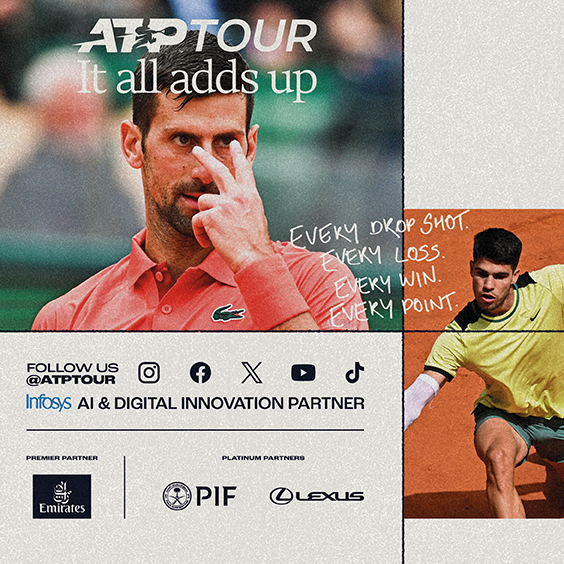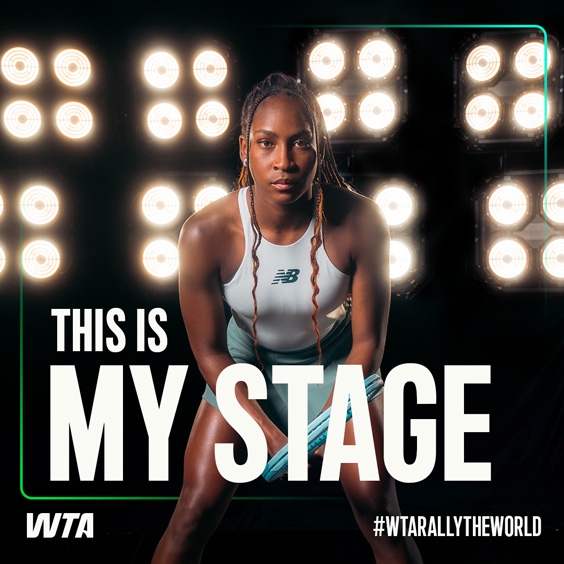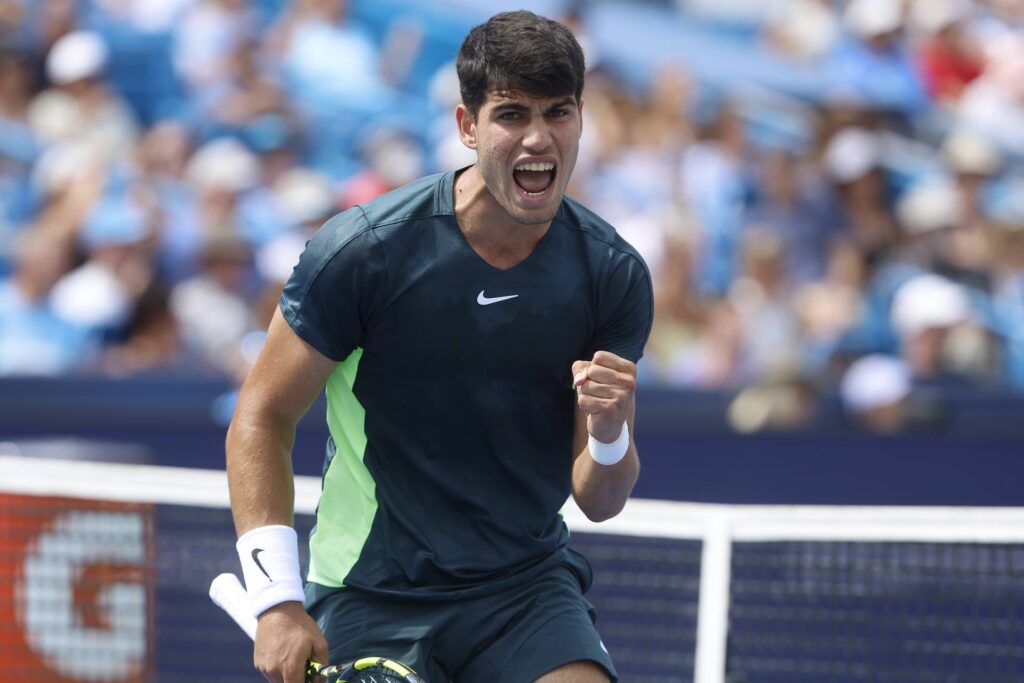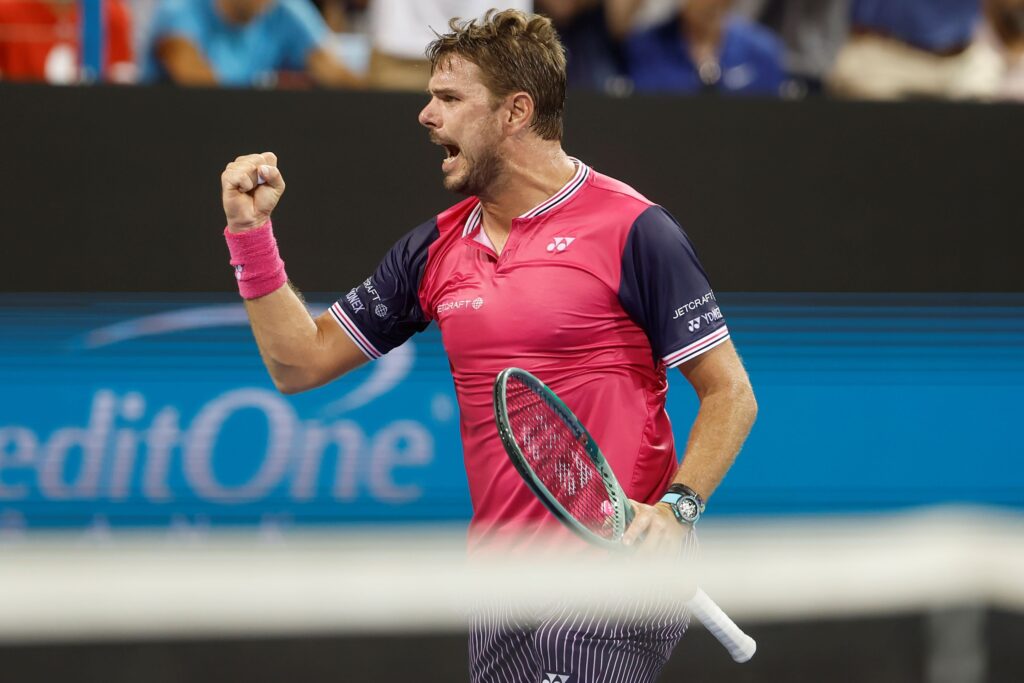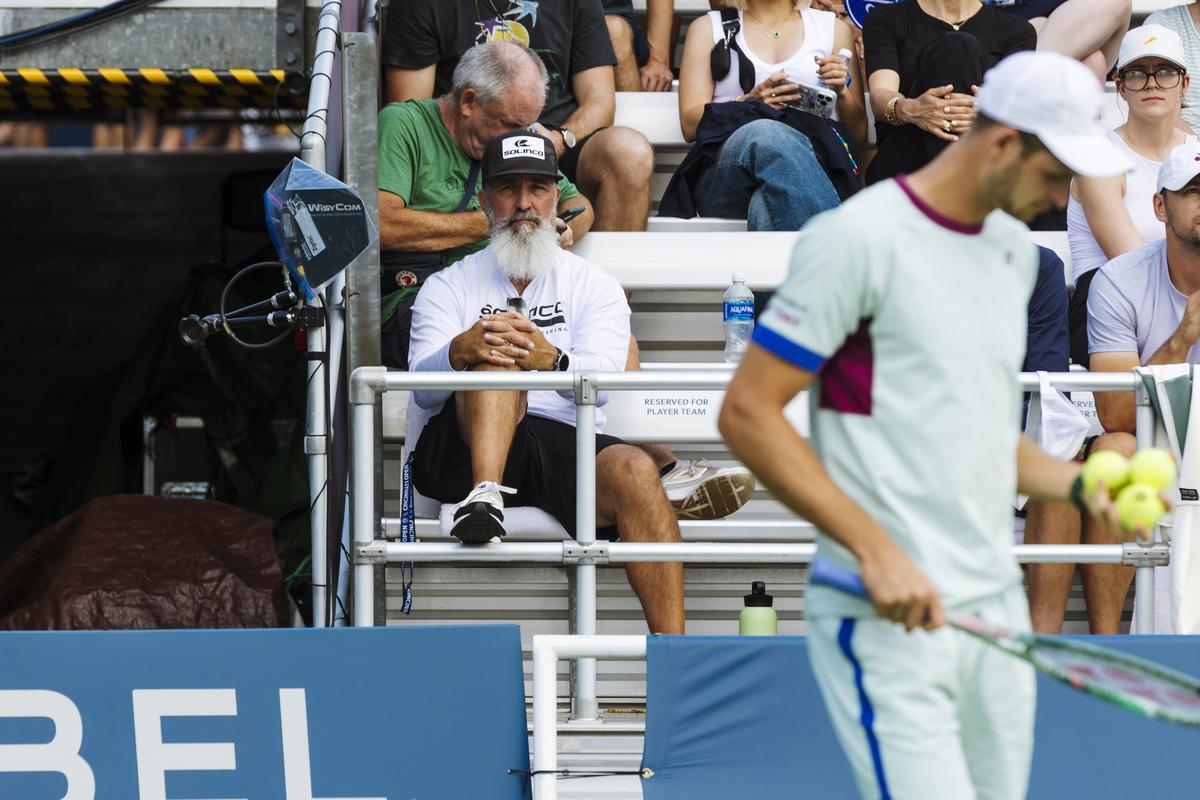
By Richard Osborn
Maybe it’s the beard. Maybe it’s the existentialist speak. But Craig Boynton sure gives off a guru vibe.
The Ohio-born tennis coach, who’s worked with everyone from Jim Courier to Mardy Fish to John Isner, always looks at tennis a little differently, peering beneath the surface to find what best motivates his players. His current charge, Hubert Hurkacz, is the top men’s player in the history of Polish tennis, having reached a career-best No. 6 in the ATP rankings earlier this month. A Cincinnati Open semifinalist last year, he’s again into the quarterfinals after a 6-3, 3-6, 6-1 victory over Italy’s Flavio Cobolli. (It’s the 15th Masters 1000 quarterfinal of his career, and his third of 2024.) Not bad for a player who recently underwent knee surgery. Next up for the Pole is either American Frances Tiafoe or Czech Jiri Lehecka.
We sat down with coach Boynton at the Cincinnati Open, a tournament to which he has strong ties: He was a teaching pro in Cincinnati from 1994 to 2004, aligned with the Club at Harper’s Point before helping open Five Seasons Cincinnati in 2001. An exclusive interview.
Hubie is such a polite, soft-spoken guy. I’m wondering what he’s like behind the scenes, when you’re working with him on a full-time basis.
He’s really shy if you don’t know him. He’s very reserved. Like most shy people, when they feel comfortable around you, they open up. That’s just Hubie. There’s a lot more there. He just doesn’t show it all the time. He’s a sweetheart kind of guy. He loves driving fast. He loves fast cars. He loves [British luxury car manufacturer] McLaren, which is kind of the opposite of his personality. He loves the Autobahn, as you can imagine. For as soft-spoken, mile-mannered and reserved as he is, he would be an amazing race car driver.
He has that aggressive mindset?
Oh, yeah.
You’ve been in a car with him when he’s behind the wheel?
Unfortunately, I have. He has a friendly relationship with McLaren. From time to time, they let him have a car at a tournament. One year, he picked me up from where I always stay in Indian Wells. I’m in the car and I’m texting some detail about practice courts. The car is stopped at a red light. It turns green and I’m not paying attention. All of a sudden, my head is pinned to the back of the seat, my whole body. I couldn’t breathe for a number of seconds! I’m like, “Dude, you’ve got to give me a little heads-up if you do that!” He just laughed. So, if you ever get in a McLaren with Hubie, put your phone away, keep your eyes up and pay attention.
You’ve said in the past that the player-coach relationships that work the best are the ones where you sync up and get on the same wavelength. You said you just needed one look at John Isner at the start of the day and you knew what you were in for, that you could finish each other’s sentences. Do you have that with Hubie?
Oh, yeah, for sure. Part of coaching is being able to understand what they’re thinking and being two steps ahead. Sometimes you need to detour a certain thought pattern and present it in a way that goes more on the positive side of town than the negative side of town.
There are cultural considerations, too, I suppose.
Hubie’s my first non-American. That took a bit of a learning curve.
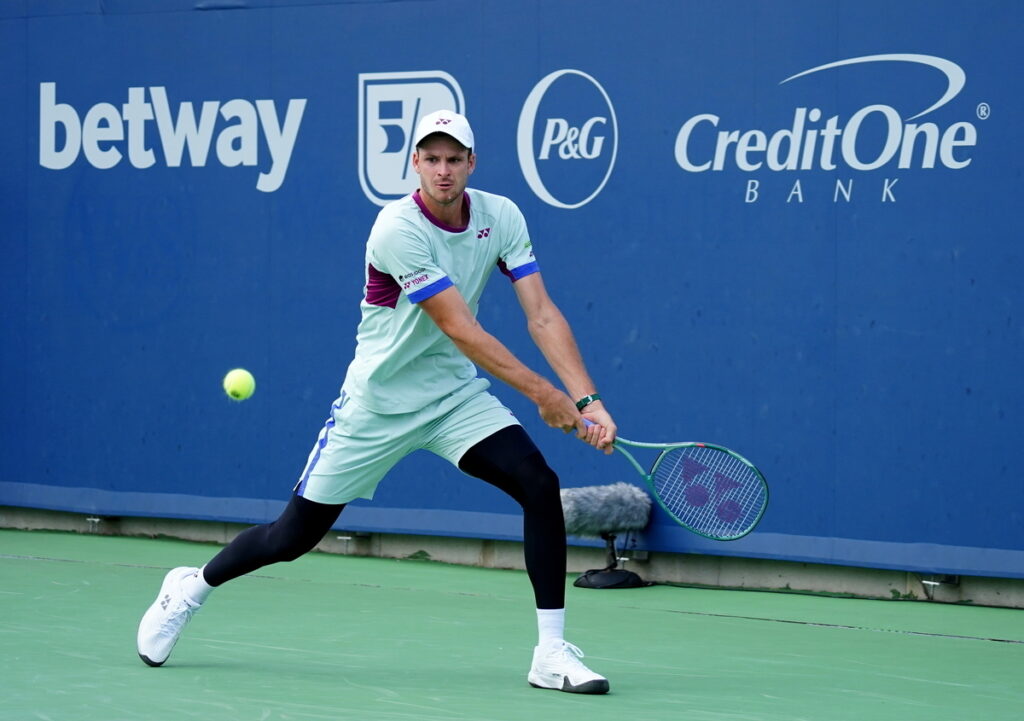
Hubie’s been a Top-10 mainstay for the last several years, ATP Masters 1000 winner in Miami and Shanghai, a semifinalist here in Cincinnati last year. He’s now 27 years old. Is there any sense of urgency as far as pushing for a breakthrough on the sport’s biggest stages, at the majors?
I don’t think in those terms at all. What’s worked in the past for me is what are the best practices? Each player is their own corporation, their own company. What are the best practices for that company? If you’re going to run a corporation, what are our assets? What’s going to get us to where we want to go? And what are our liabilities, what’s going to keep us from getting to where we want to go? That’s the space I really work in. The results will take care of themselves. That’s how I deal with it. The player then takes that and runs with it. We look at what happens — good, bad and indifferent. We talk about it. We devise a plan. We usually stay with the plan, or alter and edit the plan a little bit. That’s kind of how I look at it. John [Isner] was really my first teeth-in, just-me player. He’s was ranked in the No. 160s. I went to a person I respect and said, “What do you think?” He goes, “If you get John to No. 30, you’re doing an amazing job.” We all know the career John had. [Isner finished inside the Top 20 in the ATP Rankings for 10 consecutive years between 2010 and 2019, reaching a career-high No. 8 in 2018.] So nobody really knows. That taught me not to look at it in terms of a ranking. I look at it more like, if everything’s hitting on all cylinders, what does that look like? Whatever number is next to his name is his number. You’re doing everything you can to be as productive as you can.
Jannik Sinner said earlier this week that even though he’s ranked No. 1, even though he’s proven to himself that he can win a Grand Slam, he always has to be improving or he’ll fall behind. How do you convince elite athletes that they still have room to grow?
If you’re not getting up every day and trying to get better, then you’re getting worse. The things you have to worry about at that point are expectations. What are your expectations? My expectations are that I’m going to get better, I’m going to work hard and I’m going to compete. The scenery is going to be different up there in the rankings, but it’s up to the individual to take it in stride and not take a mental breather, because everyone else is improving.
Novak Djokovic might just be the best example of that — always improving, open to change, no matter his age or how long he’s been on the tour.
He’s just at a different level. There a handful of people who have just transcended that. I would say him and Roger [Federer] — it’s just a different DNA. Always looking to get better.








